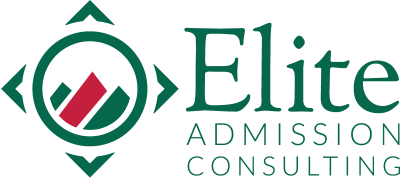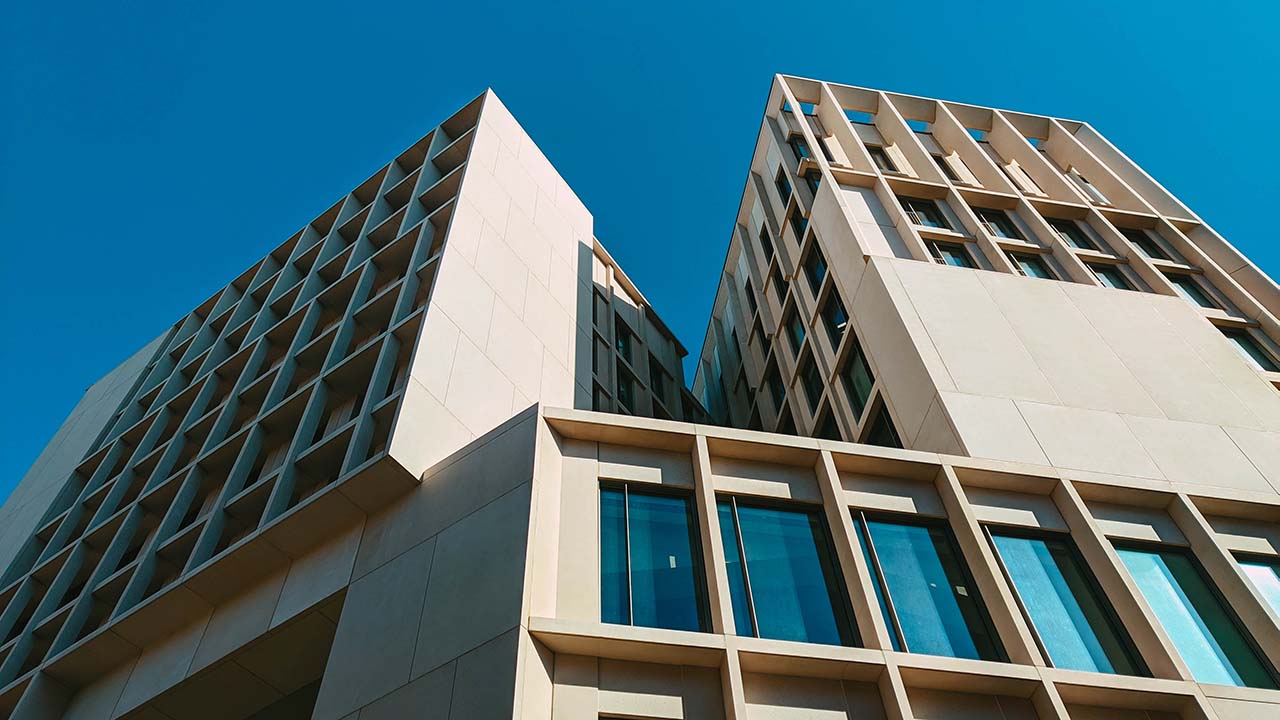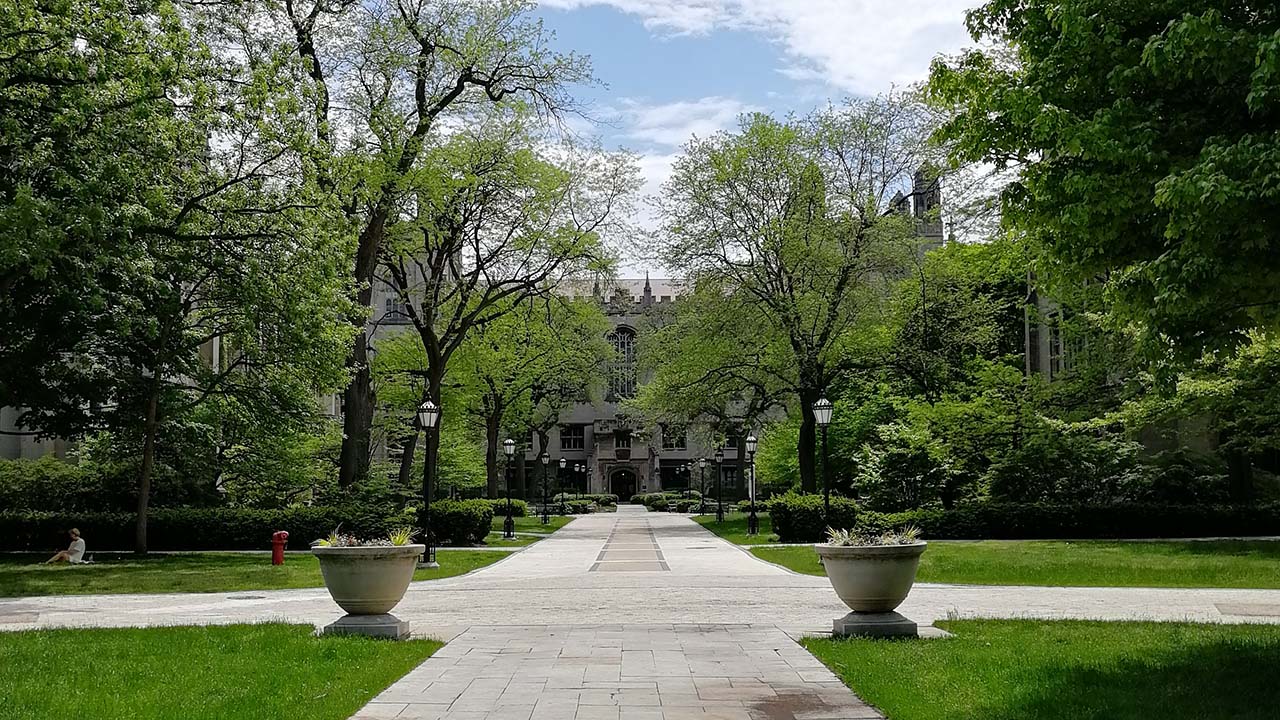By Grey Joyner, Admission Consultant, Elite Admission
Australian students are faced with an increasingly complex array of choices when it comes to their academic journeys. One such choice may be whether to pursue an International Baccalaureate (IB) diploma. But what is IB? This blog post will attempt to explain the IB program and help you understand if it is right for you.
What is IB?
The IB program is an internationally recognized high school degree program. IB students spend the last two years of high school pursuing this degree.
The academic mantra of IB focuses on interdisciplinary learning, critical thinking, exploring different beliefs and cultures, reflecting on what knowledge is, servicing your community, and building ways of thinking rather than memorization.
Not all schools offer the IB program (it is generally more common in private schools). Please check with your school to see whether it is offered.
IB course structure
IB students choose six courses across six different areas and complete each course over two years. The different areas are:
Studies in Language and Literature, which in Australia is typically English
Language Acquisition, which is typically a foreign language (although in some cases can be a student’s native language if it is not English)
Individuals and Societies, which are humanities courses such as history, philosophy, economics and psychology, among others
Sciences, which encompasses both traditional sciences (physics, biology, chemistry) but also other types of sciences (e.g. computer science, sport and health science, etc.)
Mathematics, where students choose either Analysis & Approaches, which is more theoretical, or Application & Interpretation, which is more applied
Arts, which includes options such as Visual Art, Dance, Theatre, Film, etc. (students can also opt out of taking art in favor of an additional course in Language, Individuals & Societies or Sciences)
Students choose three courses to take at Higher Level (which are generally more advanced and time-consuming) and three courses to take at Standard Level (although they can opt to take four Higher Level courses and two Standard Level courses if they choose, but it is often not recommended).
IB core
In addition to their IB course load, students must complete three IB core requirements.
The first is Theory of Knowledge (TOK), an academic course that focuses on where knowledge comes from and how we know what we know. TOK is taken alongside the other six courses, finishing up in Year 12.
Additionally, students complete requirements for Creativity, Activity, Service (CAS). This requires students to complete at least fifty hours of activities in each of the three areas: a creative activity, an activity of physical exertion and an activity in service of their community. In addition to these hours, students complete a month-long project that covers at least one of the three areas.
Lastly, students complete an Extended Essay. This essay is a 4,000 word paper based on independent research in a subject of the student’s choosing.
IB scoring
Ultimately, IB students receive a numerical score, with 45 being the highest possible score. Of these 45 possible points, 7 come from each of their six courses (for a max of 42 across their six courses), and 3 come from a combination of TOK and the Extended Essay. CAS is not scored.
For students’ coursework, 25% of their grade comes from work throughout the course and 75% of their grade comes from standardized IB exams at the end of the two years (for Australian students, these exams generally come in October and November of Year 12).
Comparison vs. local curriculum
You might be thinking, should I do IB? If you are in Australia, your main alternative is pursuing a state-based diploma such as Victorian Certificate of Education (VCE) in Victoria or Higher School Certificate (HSC) in NSW, all of which culminate in an Australian Tertiary Admissions Rank (ATAR).
Compared to local curricula, IB has the following differences:
- Less course flexibility (local curricula generally only require English)
- More academic pressure spread out across Years 11 and 12, as opposed to more pressure on final exams for local curricula
- Additional requirements (local curricula often do not have requirements similar to IB’s core)
- A standardized, internationally-recognized diploma
Which should I pick?
There’s no wrong choice here – both are good options. In fact, many schools do not offer IB, so if you are at such a school, that is okay. There is no need to switch schools just to get an IB diploma. But if your school offers IB, it is often a good choice.
Pursuing local curricula can make sense for various reasons. It provides more opportunities to specialize in areas you are interested in (although students should be aware that many universities will have entry requirements that they need to fulfill). It may be better if you want to put off much of your academic pressure until the end of Year 12.
IB has its own advantages. If you are considering studying abroad for university, there are benefits to getting an internationally-recognized degree (although it is not required for studying abroad). IB also might be right for students who want to spread their academic pressure across Years 11 and 12, or those who want to get a broad educational experience across different academic fields.
Ultimately, the most important thing academically when it comes to getting into universities abroad is that the student take rigorous courses (with respect to what is offered at his or her school) and that the student do well academically in those courses. Both IB and local curricula provide opportunities to demonstrate this.










